How To Design an SEO-Friendly Website that Google Will Love?

Google is the biggest search engine in the world, which is why it’s understandable that many websites want their content to rank high on it. A company’s online success plays a huge role in its overall success in today’s time. That means having a website that is favored by Google is directly related to your company’s success. You may have heard the term “SEO-friendly design” tossed around but don’t quite understand what it entails.
Firstly, SEO is a digital marketing technique by which a company can increase its rankings on search engines. It includes keyword research, content creation, and lead generation for a website. The webpage and content should be designed in a way that makes it easy for a person searching online to find your page at the right time.
In this blog, we will look into the different components of SEO and show you how you can also¬†build an SEO-friendly website¬†that is loved by Google while also providing a great user experience. Let’s dive in and learn how to make Google your website’s biggest fan!
Keyword Research and Integration
Keyword research is really important for making sure that you have an SEO-friendly web design. It is the first step that you do not want to get wrong, hence why careful research is required.
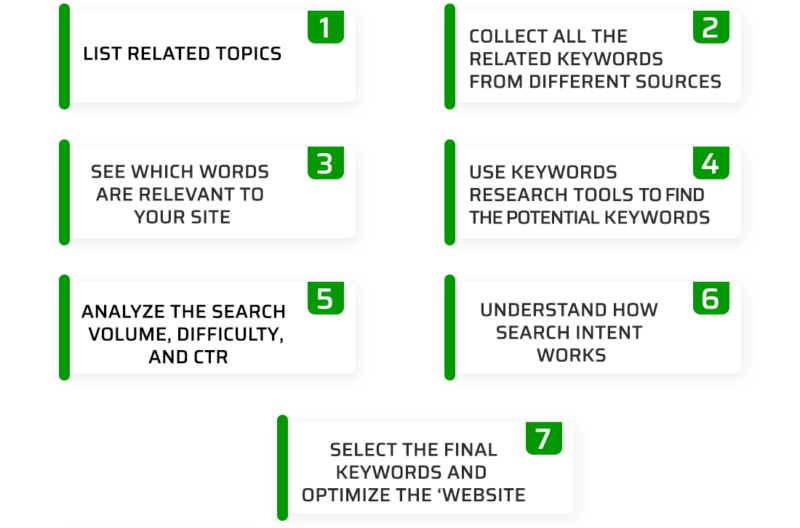
Let’s break this down into more details:
- Understanding What People Search For – This means that you need to find out exactly what people are searching for in the search engines. This facilitates understanding of what your audiences require and what their questions are. If you know this, you can make your website or articles match what they are searching for.
- Niche-Specific Keywords¬†‚Äď Every brand or company has a niche they are targeting, and that is why they need to pick out the words that are specific to their brand. For example, if you sell natural skincare products, using words like “organic face cream” will help the right people find you. These specific words will make it easier to stand out from general and common searches like “face cream“.
- Benefits of Long-Tail Keywords¬†‚Äď These are longer and more specific keyword phrases that make them less competitive. To make your¬†website SEO-friendly, you need to answer questions that potential customers are asking on the internet. Long tail keywords are a simple technique to attract users closer to the point of purchase or decision-making.
For example, a user searching for “affordable organic night cream for sensitive skin” is probably more ready to buy than someone searching for “night cream.” They are also great for voice searches, which are becoming popular nowadays.
- Avoiding Keyword Stuffing¬†– It’s important not to use too many keywords in your content. This can make your articles or website feel spammy and not liked by search engines. Your main goal should be to create good, helpful content that naturally includes these keywords.
High-Quality Content
The saying about the content being king on the internet is still true. Informative and well-thought-out content is going to stand out from others and attract customers. Additionally, it will make your brand easier for people to recall the next time they consider something associated with it.
Good content makes people look, and when they like what they see, they stay on your site longer. This helps with better SEO rankings on Google. Also, when you do deep research and share informative stuff, you build trust. It helps you raise your authority in your niche.
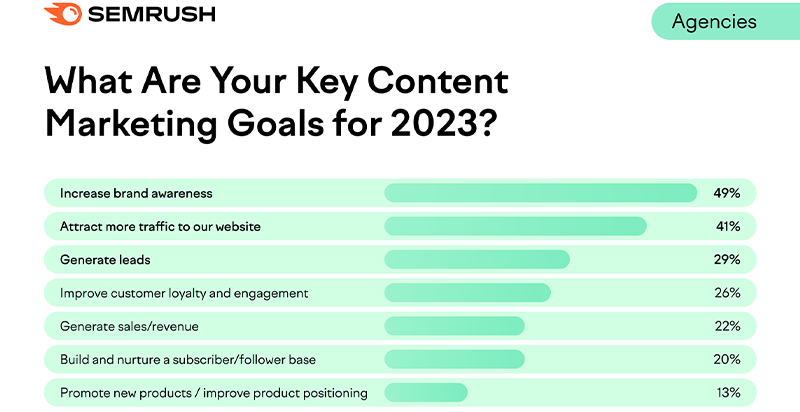
The main thing is to structure your content in a clean manner. Organizing your content with headings and subheadings is a big plus. Using bullet points and numbered lists also helps a lot. They break information into small, easy-to-read parts. This is perfect for¬†SEO-friendly website design guidelines. People find it easier to remember and understand your content when it’s neatly organized.
Mobile-Friendly Design
Making your website in a way that is easy to run on mobile is becoming increasingly important for SEO-friendly website development. It aligns well with your rank on Google if your website is optimized for these small devices.
The central idea is to create a responsive design for your webpage. It allows your page to adjust its layout to look good on any device, whether it’s a phone, tablet, or computer. If your website is hard to use on a phone, people are likely to leave quickly.
On the other hand, if your site can be used on a phone without much zooming and sideway scrolling, people will likely stay longer and explore more. This is great for user engagement. This approach is a must for anyone thinking about ways to design an SEO-friendly website.
Page Speed Optimization
Your website’s loading speed determines a lot for your user experience. It is an essential factor in making a search engine-friendly website. Here are ways you can improve your page speed ‚Äď

-
Image and File Compression
Large images and files can slow down your website. Compressing them helps your pages load faster. You need to use the right image formats and compression tools. Formats like JPEG are generally smaller in size but still offer good quality. Tools like Adobe Photoshop or free online compressors can help you reduce image sizes without losing quality.
Cutting down the HTTP request numbers is also helpful in building uploading speed. The more requests for files like images, scripts, and CSS files there are, the more time the webpage will take. This involves tactics like combining files or using CSS sprites, which is a smart move for SEO-friendly design.
-
Utilise PageSpeed Insights
Google PageSpeed Insights is an unmatched tool to figure out what is slowing down your loading speed. It offers you tips and a score to help you make your site fast. Following the recommendations from PageSpeed Insights can make a big difference in your search engine-friendly website design and performance.
User-Friendly Navigation
Any brand’s website is made for easy interaction and for potential customers to be able to find what they are looking for without getting lost or confused. Having user-friendly navigation is important for SEO-friendly website development as it keeps people engaged. When your website has a clear menu and labels that describe what each section is about, it helps people get around your site easily.
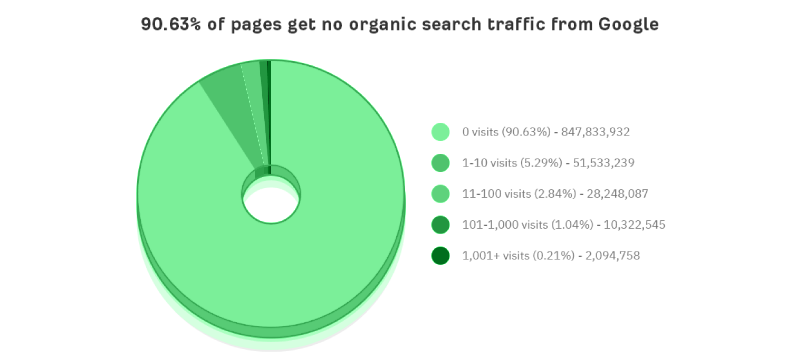
For example, if you run an online clothing store, having separate menu items for men’s, women’s, and kids’ clothing helps visitors go straight to what they want. It also makes it easier for visitors to look for other things than what they originally came for, leading to more sales and higher ranking.
Secure Website (HTTPS)
A secure website is mandatory to rank well on Google; there is no other way around it. Users are not going to click on a website that seems dangerous. To protect user data, you must enable HTTPS and obtain an SSL certificate. By encrypting data as it moves between a user’s browser and the website, this procedure protects private data from online dangers.

In addition to protecting consumers, security-conscious websites build reputation and trust‚ÄĒtwo essential pillars of SEO success.¬†An¬†SEO-friendly design¬†puts user security on a pedestal because it is favoured by¬†Google.
Optimized Images and Multimedia
Engaging images makes it easy for search engines to categorize your content or site easily. And let’s be honest, it makes the site less boring as well. You have to make full use of your multimedia if you are looking to¬†make your website SEO-friendly. Let’s look into why.
-
Image Optimization
Learning how to optimize your pictures on your website is a sure way to retain your visitor’s interest. You start by making your image selection unique and original, as it will obviously be relevant to what you are offering. If you are choosing to go with stock photos, then make sure that they are well within free use.
Your file format should be readable by search engines. You can save the image as a PNG, JPEG, or GIF with the help of most image editors. An¬†SEO-friendly website¬†will have speed and right-sized media, so don’t forget to resize them before uploading.
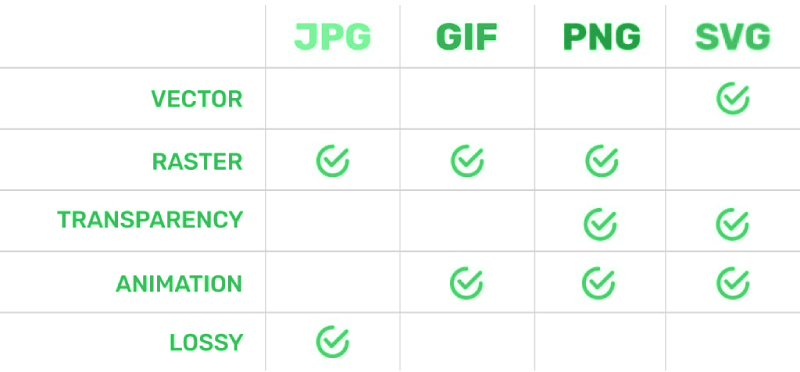
Most of the time, all of the image’s HTML properties (ALT, title, description, and captions) should be present. Doing so will aid in lining up with¬†SEO-friendly website development¬†principles.
-
Multimedia Optimization
When managed carefully, multimedia files like audio samples and videos can greatly increase user engagement. They provide engaging methods for delivering data and customer engagement. Still, these parts must be swift, just like images, to create an SEO-friendly website design.
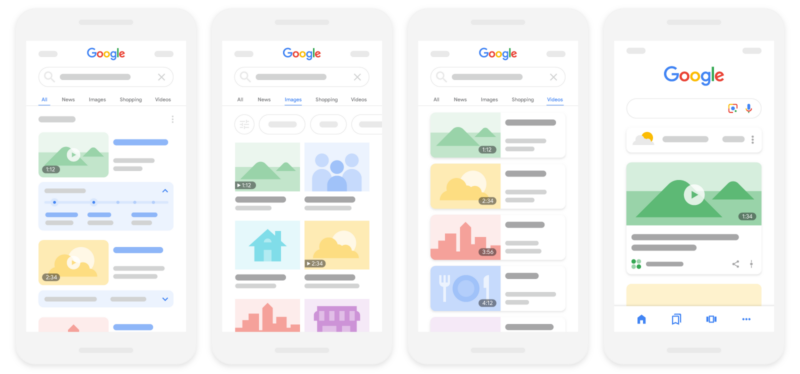
Compressing file sizes without sacrificing quality promises that multimedia content won’t negatively impact the usability of your website. A larger audience can access your material via transcripts and captions to videos, including people who prefer to read than watch or who have hearing impairments.
Social Media Integration
Social media is a huge part of most people’s lives now, and according to studies, it can drive a lot of traffic in a short span of time if used correctly. Some aspects to keep in mind while¬†optimizing your website to be SEO-friendly¬†using social media are:

-
Social Sharing Buttons
If you want to drive more social media traffic to your already SEO-friendly website, giving your visitors an option to share your content on their social media is a perfect addition. Sharing buttons should be placed carefully on your website so if visitors like your content; then they can immediately share it with their socials or people they think would like it as well.
As a result, users feel more involved and are more likely to become brand advocates. This organic spread increases visibility, drawing in a wider audience than your immediate followers.
A good example of strategic placement of sharing buttons is a sharing arrow floating down as you scroll through a blog or any content on a website. This is smart because having a share option at the beginning doesn’t make much sense because the expectation is they will share the content without reading it or come back after reading it, which is less likely.
Having it at the end means that the expectation is the visitors will read till the end, which is unrealistic. Having it float down will make it easy to share whenever the person is ready, which will lead to more organic traffic from social media. A/B testing is a great way to test out these placements while making an SEO-friendly website design.
-
Active Social Presence
Building brand authority requires keeping an active social media presence. Maintaining a consistent presence on social media sites such as Facebook, Instagram, and Twitter allows you to communicate directly with your audience. Responding to comments, asking questions, and offering behind-the-scenes glimpses personifies your company, creating a sense of community.
A strong social media presence helps SEO indirectly. When ranking content, search engines take into account social signals like likes, shares, and comments. Search engines view your material as more relevant and valuable the more times it is shared and interacted with on social media, which drives up the rating of your website in search results.
Regular Content Updates
Your content becoming stale is the fastest way to ensure that you get a low ranking and fall in the eyes of Google. To keep the content on your website current, accurate, and valuable to your audience, content management requires checking and updating it regularly.
Not only should fresh content be produced, but existing pages, blog posts, and articles should also be reviewed and updated as needed. When you regularly update your content, search engine crawlers revisit your site more often, increasing the chances of your pages ranking higher in search results.
Regularly fact-check your content and ensure that it reflects the latest industry trends and developments. This practice contributes to a search engine-friendly website design by providing users with reliable and trustworthy information.
Setting up a plan for content updates is required in SEO. Depending on your sector and website’s nature, you should try to refresh your material at least once every three months. This includes updating data, adding new content, and making sure all of the links are functional. Managing and scheduling updates can be made easier using a content calendar.
Wrapping It Up
Google’s influence over the digital space cannot be overlooked, and neither can the need to look favourable in its algorithm. We’ve covered a number of important components of¬†SEO-friendly website design¬†in this post.
A thorough SEO strategy includes several aspects such as keyword research, integration, mobile friendliness, high-quality content, page speed optimization, user-friendly navigation, security via HTTPS, improved pictures and multimedia, and social network inclusion.
You may increase search engine rankings, lower bounce rates, increase user engagement, and forge a stronger online presence by incorporating these concepts into the layout of your website. You can take the help of a professional service like us to make your website SEO-friendly. Keep in mind that SEO is an ongoing effort, and staying up-to-date with best practices is the correct answer to long-term success.


